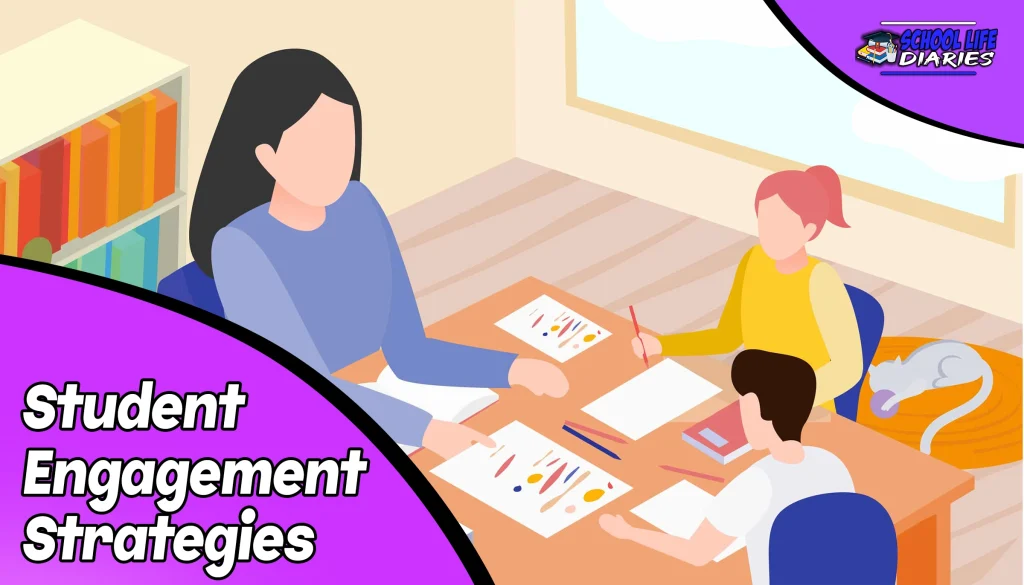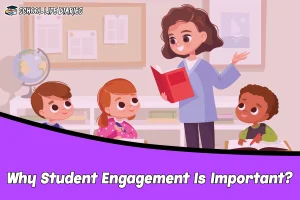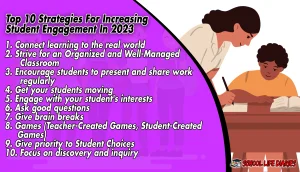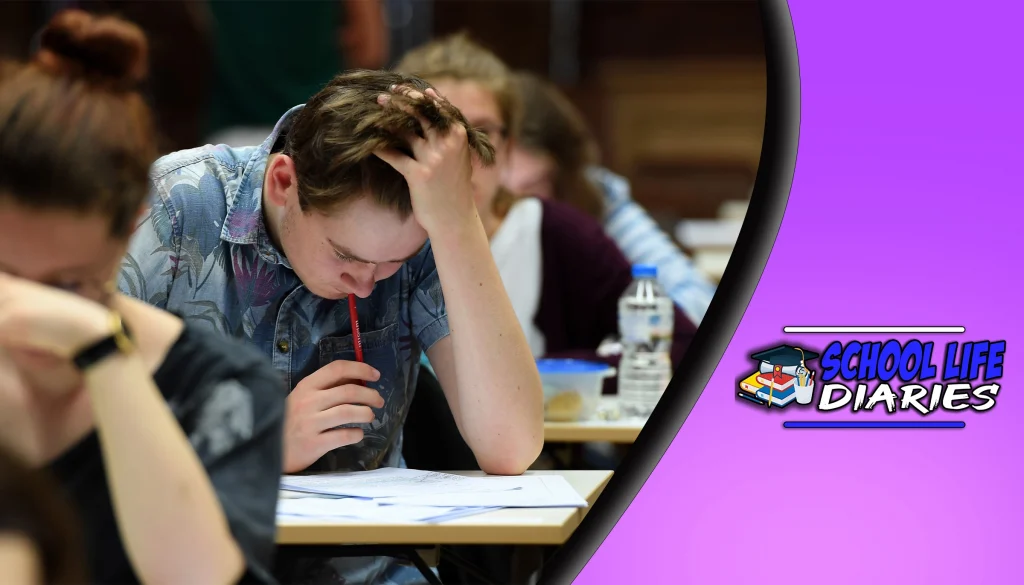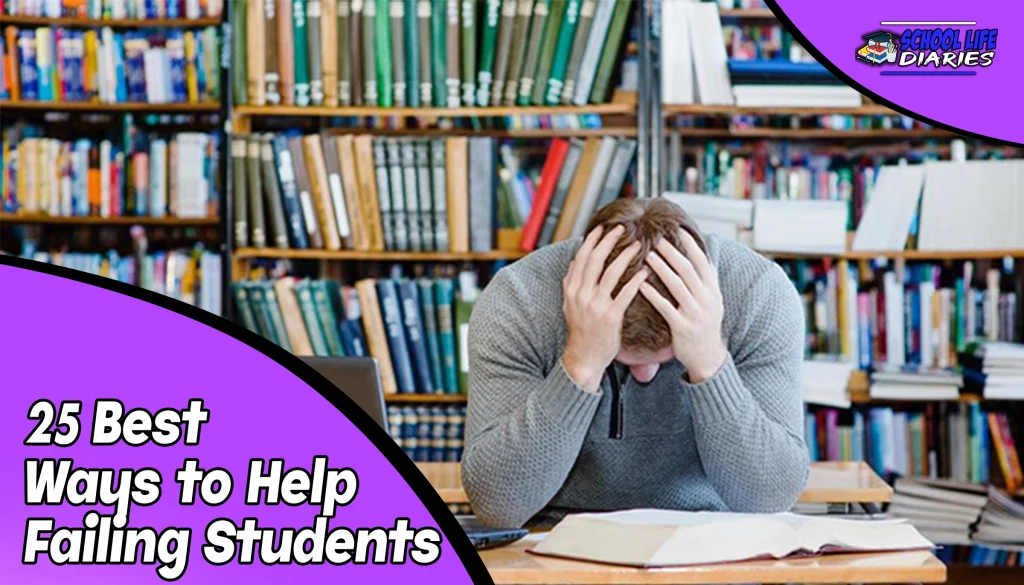Student Engagement Strategies in the classroom is crucial for academic success, but it can be difficult to find strategies to keep them focused and motivated. Whether you are a student or a teacher, creating an environment that encourages meaningful participation can help drive learning outcomes.
In this blog post, we’ll explore some of the best student engagement strategies that you can use in the classroom from incorporating technology and multimedia resources to revamping pedagogical approaches. With these tips and tactics, educators can foster their students’ enthusiasm for learning and support meaningful educational growth with greater ease.
What Is Student Engagement?
Student engagement is the level of enthusiasm and involvement that students have when participating in educational activities. It can involve active participation, focus on learning objectives, and collaboration with others to promote positive outcomes.
Research has shown that student engagement is a key factor in academic success. When students are engaged, they are more likely to understand the concepts being taught and to remember what was learned. There are many strategies for promoting student engagement in the classroom.
Some of these strategies include: providing clear expectations for behavior and performance; offering interesting activities and assignments that are relevant to the student’s interests; using technology to enhance instruction and provide feedback; encouraging collaboration among students; incorporating real-world examples into lessons; and providing meaningful feedback.
Why Student Engagement Is Important?
The key to successful student engagement is by creating a dynamic learning environment that encourages collaboration and active participation. One of the best ways to do this is through technology integration.
Integrating technology into the classroom can provide students with an interactive and engaging experience, while also allowing them to practice using the same skills they will need in their future career or college endeavors.
Examples of how technology can be used in the classroom include online learning platforms, interactive whiteboards, 3D printing projects, and coding exercises.
Top 10 Strategies For Increasing Student Engagement In 2023
1. Connect learning to the real world:
One effective strategy for increasing student engagement is to connect classroom learning to real-world applications. By demonstrating the relevance and practicality of the subject matter, students are more likely to be actively engaged and motivated to learn.
Teachers can accomplish this by providing real-life examples, incorporating current events, and encouraging students to explore how the concepts they’re studying apply to their everyday lives. This strategy helps students see the value in what they’re learning and fosters a deeper understanding of the subject matter.
2. Strive for an Organized and Well-Managed Classroom:
An organized and well-managed classroom environment is crucial for promoting student engagement. When the classroom is structured, students feel more secure and can focus their attention on the learning activities.
Teachers should establish clear expectations, routines, and procedures, ensuring that students understand the classroom rules and know what is expected of them.
By maintaining a positive classroom climate, addressing behavioral issues promptly, and fostering a sense of respect and community, teachers create an environment where students feel comfortable and motivated to participate actively.
3. Encourage students to present and share work regularly:
Actively involving students in sharing and presenting their work can significantly enhance engagement and promote a sense of ownership over their learning.
Providing regular opportunities for students to showcase their projects, presentations, or assignments allows them to develop confidence in their abilities, receive feedback from peers and teachers, and refine their communication skills.
Presentations can take various forms, such as oral presentations, group discussions, or multimedia presentations. By encouraging students to share their work, teachers foster a collaborative and supportive classroom culture while valuing each student’s unique contributions.
4. Get your students moving:
Physical movement can be a powerful tool to increase student engagement. Incorporating movement breaks or activities into the learning process helps energize students and break up long periods of sitting.
Teachers can incorporate activities such as stretching, short exercises, or interactive games that require physical movement. Not only does this increase blood flow and oxygen to the brain, but it also helps improve focus, attention, and overall well-being.
By integrating movement into the classroom, teachers create a dynamic and interactive learning environment that keeps students actively engaged.
5. Engage with your student’s interests:
Recognizing and incorporating students’ interests into lessons can significantly enhance engagement. When teachers tap into students’ passions and preferences, they create a more personalized and relevant learning experience.
This can be achieved by providing choices in assignments, allowing students to explore topics of their interest, or incorporating examples and references that resonate with their lives.
By showing a genuine interest in students’ interests and integrating them into the curriculum, teachers demonstrate that they value their students as individuals, fostering a positive and meaningful learning environment.
6. Ask good questions:
Effective questioning techniques can promote critical thinking, stimulate discussions, and deepen student engagement. Teachers should ask open-ended and thought-provoking questions that require students to analyze, evaluate, and apply their knowledge.
These questions encourage students to think beyond simple recall and actively participate in classroom discussions. By creating an environment where questioning is encouraged and valued, teachers empower students to become active learners and critical thinkers.
7. Give brain breaks:
Incorporating regular brain breaks into the classroom routine can help improve student focus and productivity. Short periods of physical activity, relaxation exercises, or even moments for quiet reflection can help refresh students’ minds and prevent mental fatigue.
These breaks allow students to recharge, process information, and maintain optimal cognitive functioning. By giving students the opportunity to take brief breaks, teachers create a balanced learning environment that promotes overall well-being and maximizes student engagement.
8. Games (Teacher-Created Games, Student-Created Games):
Integrating educational games into the classroom can make learning enjoyable and interactive. Teachers can design educational games that align with the curriculum and learning objectives, providing a fun and engaging way for students to review and reinforce their knowledge.
Teachers can encourage students to create their own games, fostering creativity, critical thinking, and collaboration. Games not only increase motivation and engagement but also promote problem-solving skills, teamwork, and healthy competition.
9. Give priority to Student Choices:
Allowing students to have a say in their learning can significantly increase their engagement and ownership of the material.
Teachers can provide opportunities for students to make choices within the curriculum, such as selecting topics for projects, choosing from different assignment formats, or deciding on their own learning goals.
By incorporating student choices, teachers empower students to take ownership of their education, foster intrinsic motivation, and enhance their overall learning experience.
10. Focus on discovery and inquiry:
Encouraging students to explore, question, and discover knowledge through inquiry-based learning can greatly enhance engagement and critical thinking skills. Teachers can design lessons that prompt students to investigate real-world problems, conduct experiments, or engage in hands-on activities.
By providing opportunities for students to actively explore and make their own discoveries, teachers foster a sense of curiosity and promote a deeper understanding of the subject matter. By implementing these strategies, teachers can create a vibrant and engaging classroom environment that caters to diverse learning needs and interests.
These approaches foster student autonomy, critical thinking, and a lifelong love for learning, ultimately leading to enhanced student engagement and academic success.
Related Article: How To Improve Your Study Skills? Best Tips And Techniques
Final Wording:
Implementing effective student engagement strategies is crucial for creating a dynamic and enriching learning environment. By connecting learning to the real world, maintaining an organized classroom, encouraging student presentations, incorporating movement, and engaging with students’ interests, teachers can foster active participation and a sense of ownership in their students.
Asking good questions, providing brain breaks, incorporating games, prioritizing student choices, and focusing on discovery and inquiry further enhance student engagement. By employing these strategies, educators can cultivate a classroom atmosphere that promotes critical thinking, creativity, and a love for learning.

